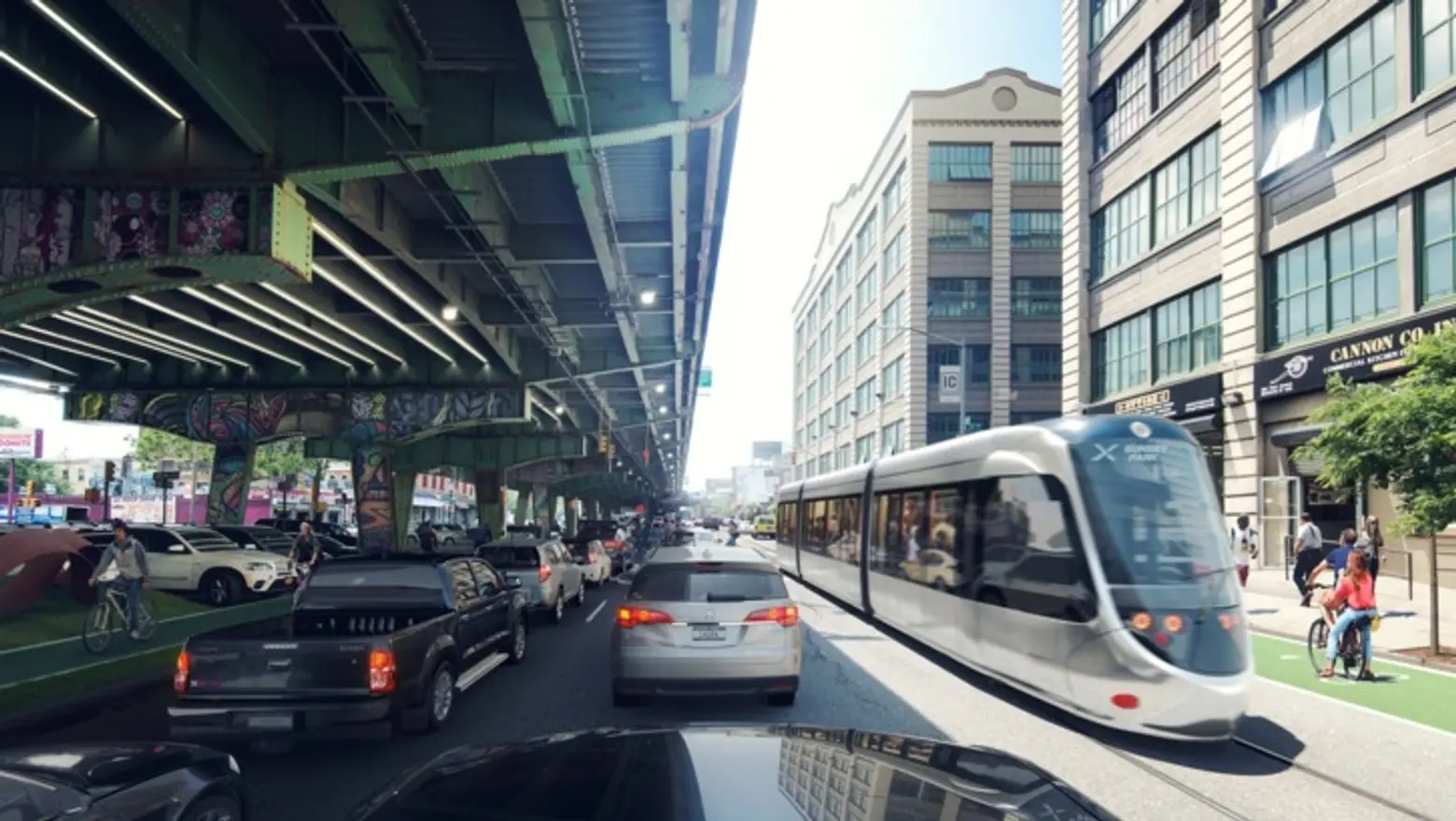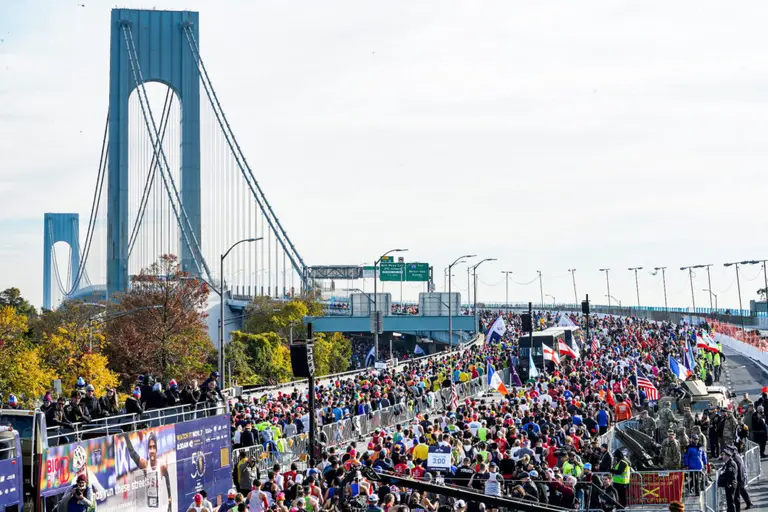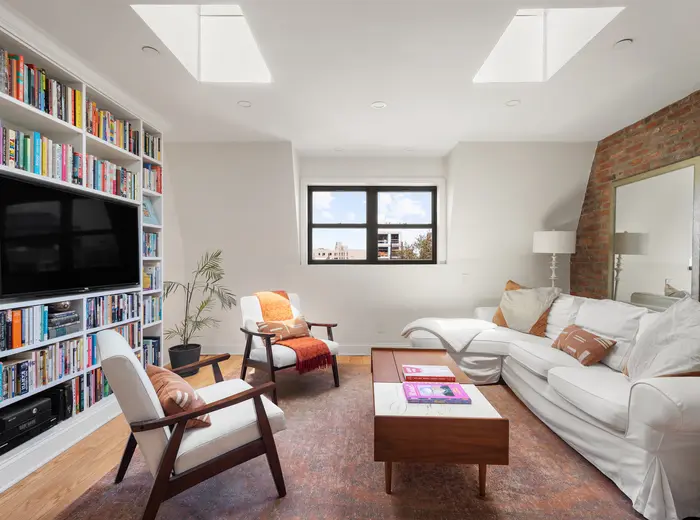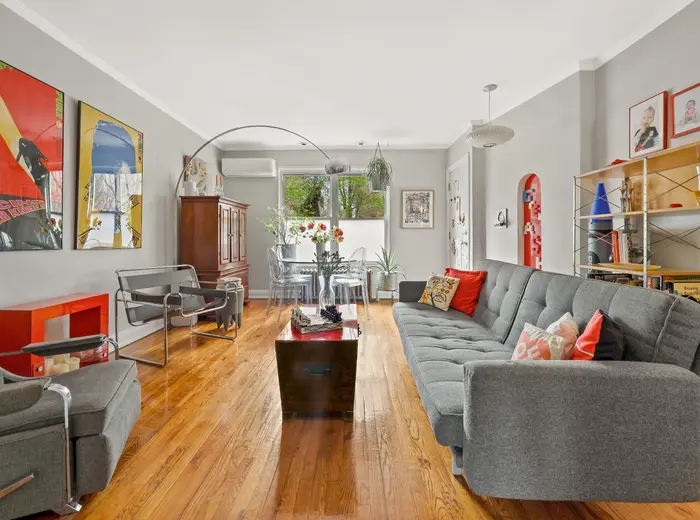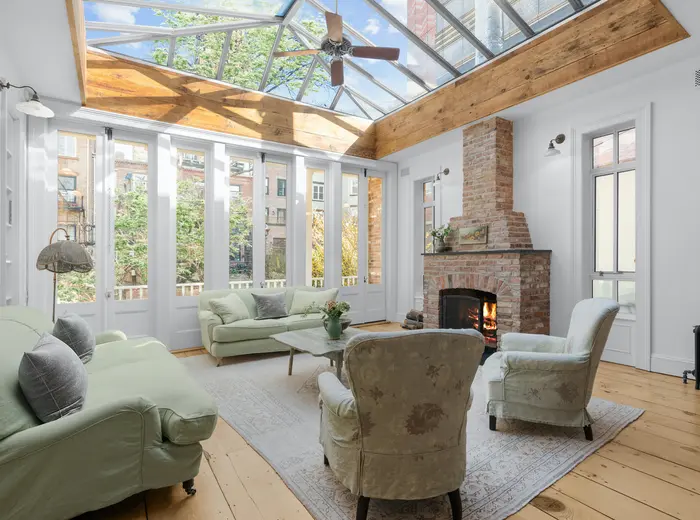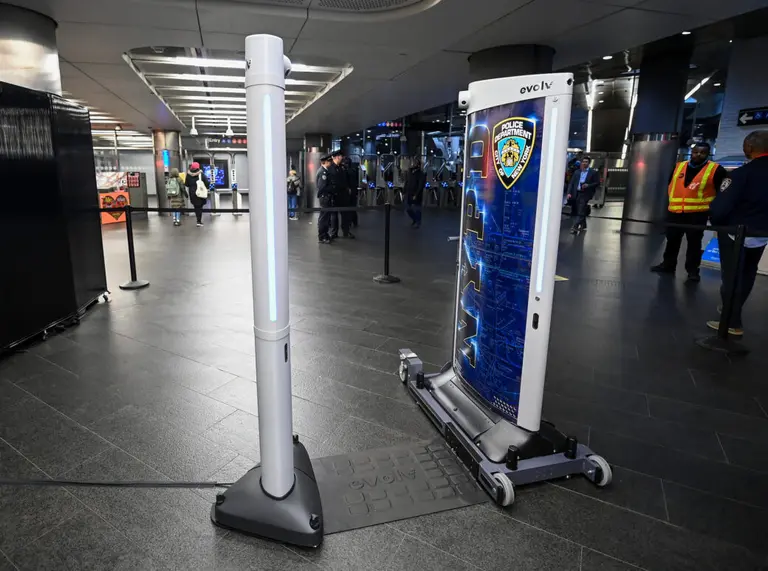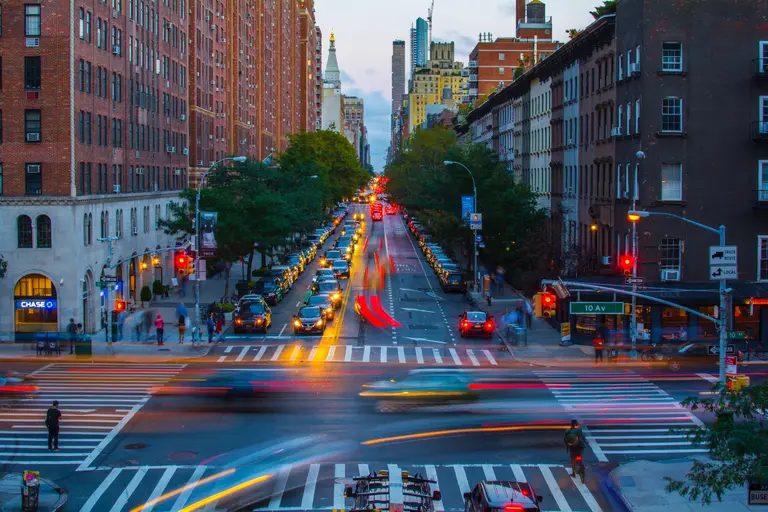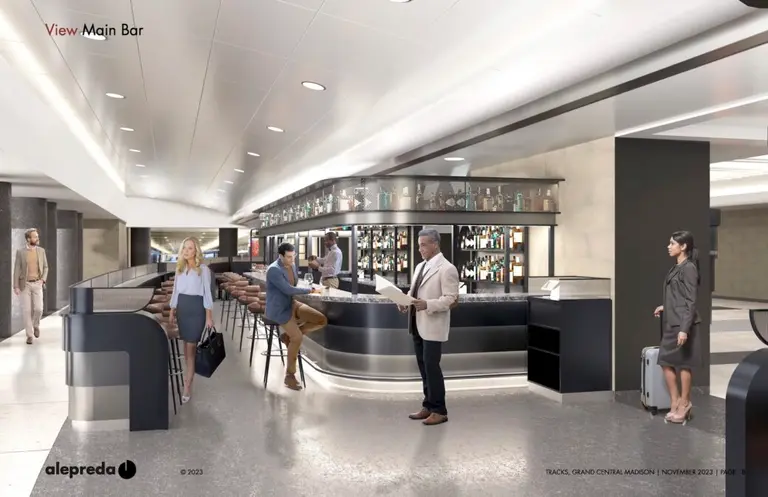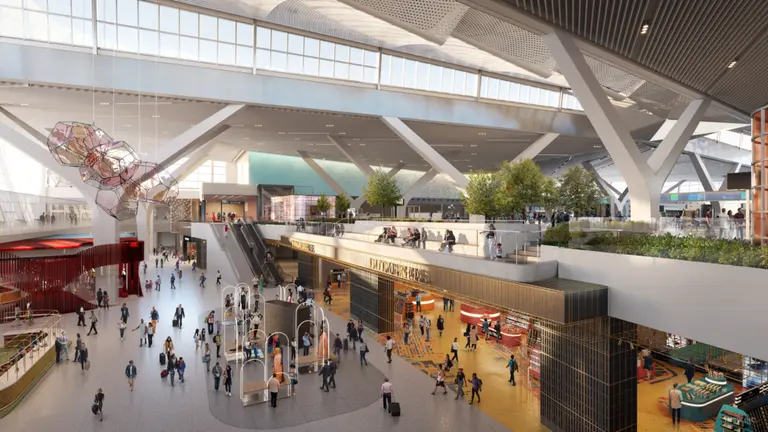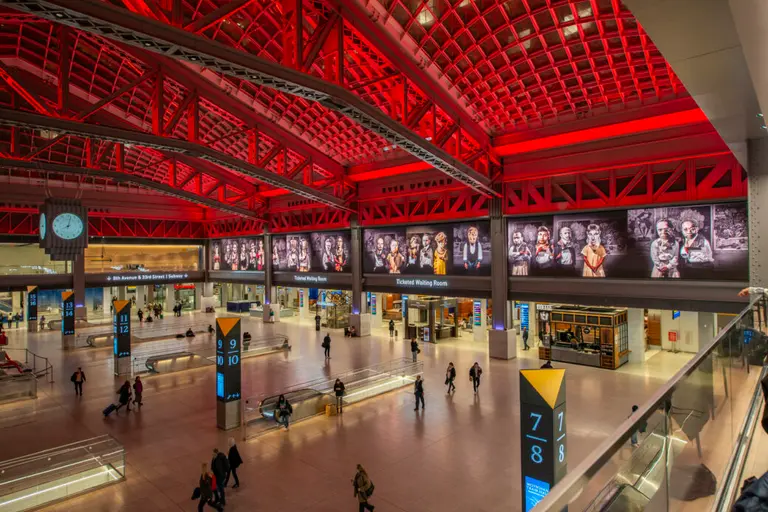Waterfront Neighborhoods Fear Proposed BQX Streetcar Would Favor ‘Tourists and Yuppies’
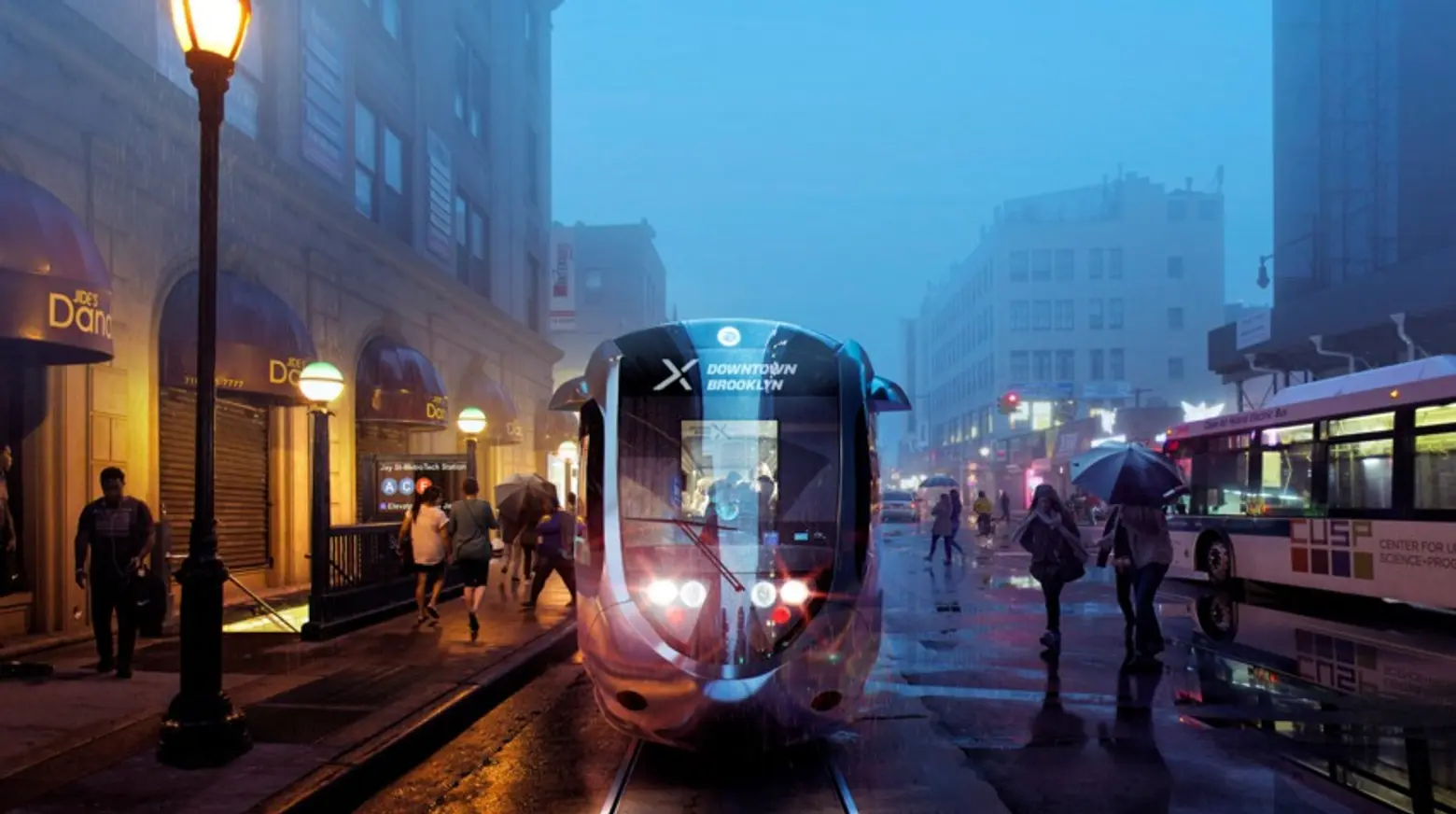
Recent news has focused on plans announced by Mayor De Blasio for a streetcar line, dubbed the Brooklyn Queens Connector (BQX), to connect “underserved, but booming” areas of the boroughs. The city’s plan would run for 16 miles along the East River, from Astoria to Sunset Park, at a projected cost of $2.5 billion, serving bustling commercial hubs like the Brooklyn Navy Yard and Long Island City, as well as providing access for about 45,000 public housing residents.
With concerns from local businesses and residents growing, the Times looks to the Hudson-Bergen Light Rail, an already-existing streetcar line in New Jersey that travels from Bayonne through Jersey City and Hoboken to Weehawken. It’s been moving passengers for over a decade and today serves 46,800 passengers on a typical weekday. By most accounts it’s been a success, helping employees get to work (with a skyline view, no less) and encouraging development in areas along the waterfront that had suffered from blight and neglect. Two rivers over, it’s the areas through which the proposed “BQX” would travel that are the subject of some concern.
In 1996, when the the New Jersey system–which cost about $2.2 billion–was proposed, it encountered resistance from residents who worried that it would make their neighborhoods less appealing with unwanted noise, but also that it was an excuse for developers to build nearby at the expense of low-income residents. Similar concerns have been raised about the proposed Brooklyn-Queens system. Manufacturers worry, according to a recent Crains article, that the “glamorous” transit system will favor “tourists and yuppies” and raise property taxes in the the currently industrial-zoned areas, causing difficulty for the industries and workers that currently make their living there. The mayor’s office, however, has portrayed the streetcar plan as an asset to industry, in part because it would help employees travel between their homes and workplaces.
RELATED:
